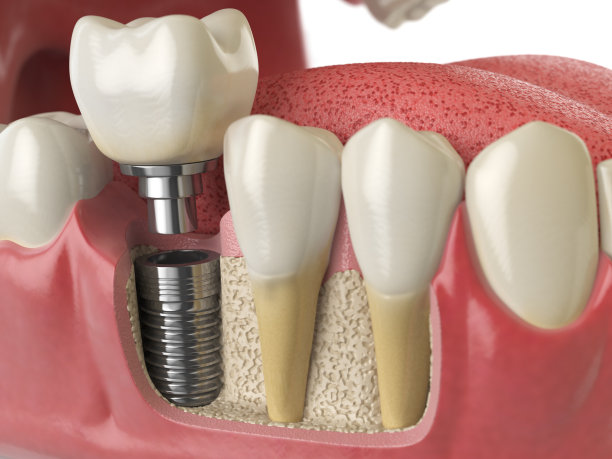Essential Steps and Considerations for Ensuring Safety During Your Root Canal Treatment Process
Summary: Root canal treatments are essential for dental health, particularly when dealing with infected or damaged pulp. However, the process can bring about concerns for many patients. This article outlines the essential steps and considerations necessary to ensure safety throughout your root canal treatment. Key areas of focus include the importance of thorough preparation, selecting a qualified dental professional, understanding treatment procedures and alternatives, and post-operative care guidelines. Each of these aspects plays a critical role in ensuring not only the effectiveness of the root canal treatment but also the comfort and safety of the patient.
1. Importance of Thorough Preparation

Preparation is vital before undergoing a root canal procedure. Patients should first have a comprehensive dental examination, which typically involves taking X-rays to assess the condition of the tooth and surrounding areas. Understanding the specific issues that necessitate the root canal can provide insight into the expected treatment and potential complications. This information fosters a more straightforward treatment plan tailored to the patients needs.
Additionally, patients should communicate openly with their dentists about any medical conditions or medications they are currently taking. Certain health conditions, such as diabetes or heart disease, may influence the treatment process and the medications prescribed afterward. Ensuring that the dental team is informed of these factors can significantly mitigate any risks associated with the procedure.
Moreover, prior to the appointment, patients are encouraged to discuss pain management options and sedation techniques available during the treatment. Being well-informed about these choices not only alleviates anxiety but also enhances the overall experience during the root canal procedure.
2. Selecting a Qualified Dental Professional
Choosing the right dental professional is crucial for a safe and effective root canal treatment. It is advisable to seek specialists, such as endodontists, who are specifically trained in root canal procedures and have extensive experience. Research their qualifications, reviews from other patients, and their approach to care to ensure they align with your expectations.
Furthermore, consider scheduling a preliminary consultation to assess the dental professionals communication style and willingness to answer your questions. A dentist who takes the time to explain the procedure and address concerns can provide a sense of reassurance and comfort as you approach the treatment.
Lastly, a well-equipped dental practice with modern technology and a sterile environment is essential for ensuring safety during the treatment. Facilities that prioritize infection control and maintain cleanliness can significantly reduce the risk of post-treatment complications.
3. Understanding Treatment Procedures and Alternatives
Understanding the specifics of a root canal procedure can alleviate fear and anxiety for patients. Typically, the process begins with local anesthesia to numb the area around the tooth, followed by the removal of infected pulp tissue. This step is critical and must be executed by a skilled dentist to ensure all infected tissue is removed completely.
In addition to the standard root canal procedure, it is essential for patients to be aware of any available alternatives. For some, extraction may be a viable option depending on the tooths condition. Discussing these alternatives allows patients to make informed decisions about their dental health while considering potential risks and benefits associated with each option.
Patients should also inquire about the instruments and materials used during the procedure. Advances in dental technology, such as digital imaging and specialized tools for cleaning and shaping the root canal, can enhance the safety and effectiveness of the treatment.
4. Post-Operative Care Guidelines
Post-operative care plays a vital role in the recovery process following a root canal treatment. Patients should follow their dentists advice regarding pain management, which may include prescribed medications for discomfort and inflammation. It is crucial to adhere to these guidelines to minimize discomfort and facilitate healing.
After the procedure, patients should be cognizant of dietary restrictions. Soft foods are generally recommended for the first few days to prevent strain on the treated area. Avoiding extremely hot or cold foods can also aid in comfort as the tooth adjusts post-treatment.
Lastly, scheduling a follow-up appointment is essential to assess the healing progress and address any residual issues. Ongoing communication with your dentist during recovery will help ensure successful healing and the longevity of the treated tooth.
Summary:
Implementing essential steps and considerations during your root canal treatment can significantly enhance safety and overall patient satisfaction. From thorough preparation and the selection of a qualified dental professional to understanding the procedures and post-operative care, each element is integral to the root canal process.
By prioritizing patient knowledge and open communication with dental professionals, individuals can confidently navigate their treatment and achieve optimal results.
This article is compiled by Vickong Dental and the content is for reference only.



